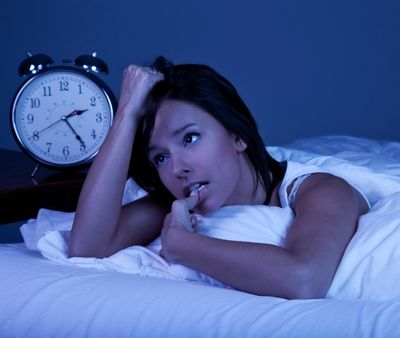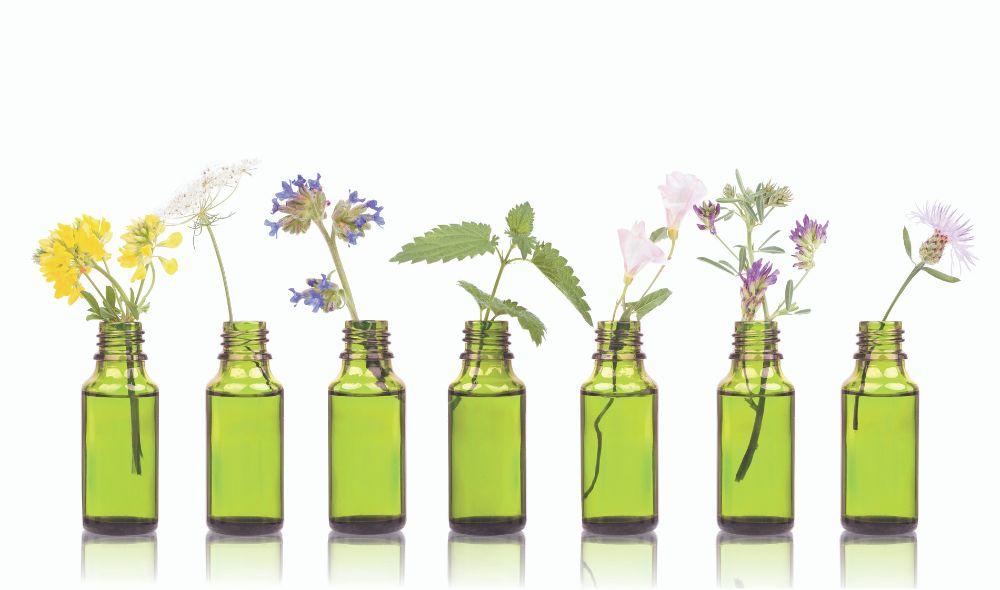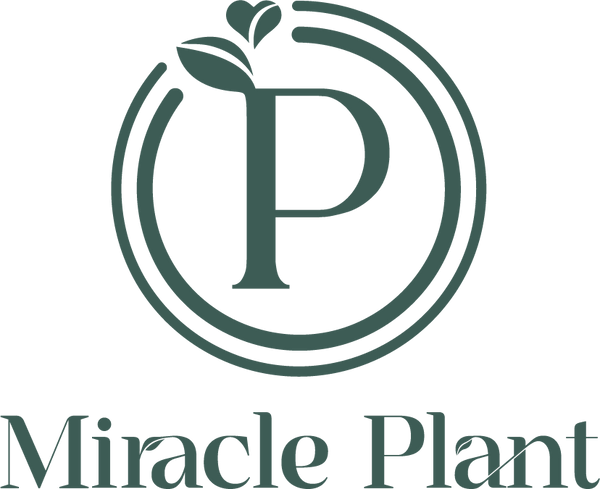Aromatherapy
 Sleep disorders are a serious health and public health problem in today's society, mainly manifested as insomnia, sleep-related breathing disorders, excessive sleepiness and parasomnias, and so on,[1] which seriously affects people's daily life, work and physical and mental health, and is closely related to cardiovascular and cerebrovascular diseases, malignant tumors, and psychological diseases.[2]According to clinical statistics, about 10% to 20% of adolescents and adults suffer from insomnia, and the incidence of sleep disorders in the elderly is 30% to 40%. Nearly 90% of the elderly experience sleep problems such as difficulty falling asleep, waking up early or increasing the number of awakenings, etc.[3] Although insomnia is not a critical illness, long-term insomnia not only seriously affects people's work and quality of life, it is also an important risk factor for mental and psychological diseases, cardiovascular diseases, and diabetes, which increases the medical burden of society.[4,5] Therefore, it is necessary to actively pay attention to sleep problems and seek practical and effective treatments. At present, the clinical treatment methods for sleep disorders are mainly drugs, behavioral cognitive therapy, and traditional Chinese medicine.[6] In the pharmacological treatment of insomnia, the guide recommends the first choice of short and medium-acting benzodiazepine receptor agonists or melatonin receptor agonists, as well as antidepressants with sedative effects.[7] However, it generally suffers from adverse reactions such as addiction, cognitive and mental impairment, respiratory depression, affecting the quality of daytime awakening, and so on, and it is resistant to drugs and easily causes rebound.
Sleep disorders are a serious health and public health problem in today's society, mainly manifested as insomnia, sleep-related breathing disorders, excessive sleepiness and parasomnias, and so on,[1] which seriously affects people's daily life, work and physical and mental health, and is closely related to cardiovascular and cerebrovascular diseases, malignant tumors, and psychological diseases.[2]According to clinical statistics, about 10% to 20% of adolescents and adults suffer from insomnia, and the incidence of sleep disorders in the elderly is 30% to 40%. Nearly 90% of the elderly experience sleep problems such as difficulty falling asleep, waking up early or increasing the number of awakenings, etc.[3] Although insomnia is not a critical illness, long-term insomnia not only seriously affects people's work and quality of life, it is also an important risk factor for mental and psychological diseases, cardiovascular diseases, and diabetes, which increases the medical burden of society.[4,5] Therefore, it is necessary to actively pay attention to sleep problems and seek practical and effective treatments. At present, the clinical treatment methods for sleep disorders are mainly drugs, behavioral cognitive therapy, and traditional Chinese medicine.[6] In the pharmacological treatment of insomnia, the guide recommends the first choice of short and medium-acting benzodiazepine receptor agonists or melatonin receptor agonists, as well as antidepressants with sedative effects.[7] However, it generally suffers from adverse reactions such as addiction, cognitive and mental impairment, respiratory depression, affecting the quality of daytime awakening, and so on, and it is resistant to drugs and easily causes rebound.

Aromatherapy [8]
The therapeutic use of aromatic plants seems to be as old as human civilization itself. Plants such as fennel, coriander seeds, cumin and many others have been found at the sites of ancient burial grounds. Many texts from Asia to Ancient Egypt, and much of the Mediterranean area, describe the various procedures and rituals involved in the making of healing ointments, medicated oils, poultices and healing perfumes.
The practice of using aromatic fumigations to uplift the spirit and help cure diseases has also been used by the world's greatest civilizations throughout history. References in some old texts to 'magical perfumes' that enhance personal attraction and promise happiness are numerous. Spiritual perfumes for religious ceremonies have also been used in history particularly in Ancient Egypt and in Tudor England.
Pre-History
Aromatic oils have been a part of human history for more than 3,500 years BC and appear with regularity throughout all major civilisations down the ages, with uses ranging from religious ritual, food flavouring, medicines, perfumery, and the masking of bad odours. It is impossible to date exactly when plants were first used medicinally, since such a development would have taken place over thousands of years.
Prior to modern-day scientific tests, the properties of different plants would have been discovered very much through trial and error, and by observing animals’ instinctive knowledge about which plants to eat when sick. Such knowledge would have been passed on to succeeding generations as part of a verbal tradition, eventually becoming the herbal medicine that we recognise today, and out of which aromatherapy developed.
These early civilisations would also have realised that burning certain plant material produced unusual effects (e.g., sleepiness, heightened awareness, visions, etc). ‘Smoking’ a person is one of the earliest recorded forms of treatment with herbs and was often used to drive out evil spirits. Such experiences were often connected to religion, and since aroma is carried through air, and both air and the breath were considered to be manifestations of the divine, a connection was ultimately made through aroma between the human and the divine. Even today, this tradition continues with Eastern temples ritually burning incense on Hindu and Buddhist altars, and the Roman Catholic church continues to use a censor containing burning frankincense within its church services.
Furthermore, during the Neolithic period (approx. 6-9,000 years ago) in the Eastern world, there is evidence that humanity discovered certain plants contained fatty oil – plants such as, olive, castor, flax and sesame – which could be extracted by pressing and then used to cook with, anoint with, and for their own medicinal preparations.
Development of Aromatherapy in the 20th Century
Italian doctors, Renato Cayola and Giovanni Garri conducted experiments on the psychological effects of essential oils during the 1920s and 1930s. They observed the effects of the oils on blood pressure, the nervous system, pulse and breathing rates, in particular their stimulating and calming effects, although the antibacterial effects were also noted.
Since its first introduction into Britain after the Second World War, the aromatherapy industry has steadily gone from strength to strength, becoming a lot more structured than its first humble beginnings, and expanding from its origins in the beauty therapy industry, into healthcare environments, hospitals, GPs surgeries and complementary health centres.
The clinical approach to aromatherapy continued to develop in France and in 1969, Maurice Girault developed the ‘aromatogram’, based on research by Schroeder and Messing. Aromatograms involve a laboratory technique which identifies the antimicrobial abilities of specific essential oils in relation to specific microbial pathogens. As a result of this development, many further investigations have been carried out into the antimicrobial potential of essential oils.
Meanwhile, in France, Daniel Penoel (a student of medicine and naturopathy) became interested in Jean Valnet’s work. He collaborated with a chemist (Pierre Franchomme) to develop what later became known as ‘scientific aromatherapy’. The focus was on treating infections with essential oils and this approach is known today as ‘aromatology’ or ‘aromatic medicine’.
Over time, professional organisations, representing the industry were established, the International Federation of Aromatherapists being the first, in order to give the emerging therapy more credence and structure. As a result, educational standards for aromatherapy have greatly improved, with other different bodies being set up to deal with subjects such as the quality of essential oils, self-regulation of the industry, an umbrella body for the aromatherapy associations, EC legislation, NHS registration.
Nowadays, Aromatherapy is one of the most popular and effective forms of complementary medicine. The positive effects of aromatherapy are finally being proven through clinical research in laboratories around the world, despite the fact that the usefulness of these little oils has been empirical knowledge for thousands of years.
References
[1] Ayaki M, Tsubota K, Kawashima M, et al.. Sleep disorders are a prevalent and serious comorbidity in dry eye. Invest Ophthalmol Vis Sci 2018;59: S143–50.
[2] Bootzin RR, Epstein DR. Understanding and treating insomnia. Annu Rev Clin Psychol 2011;7:435–58.
[3] Liu Y, Zhang J, Lam SP, et al.. Help-seeking behaviors for insomnia in Hong Kong Chinese: a community-based study. Sleep Med 2016;21:106–13.
[4] Sofi F, Cesari F, Casini A, et al.. Insomnia and risk of cardiovascular disease: a meta-analysis. Eur J Prev Cardiol 2014;21:57–64.
[5] Zhang S, Chang C, Zhang J, et al.. Correlation analysis of sleep quality and youth ischemic stroke. Behav Neurol 2014;2014:246841.
[6] Rains JC. Sleep and migraine: assessment and treatment of comorbid sleep disorders. Headache 2018;58:1074–91.
[7] Riemann D, Nissen C, Palagini L, et al.. The neurobiology, investigation, and treatment of chronic insomnia. Lancet Neurol 2015;14:547–58.
[8] International Federation of Aromatherapists.
